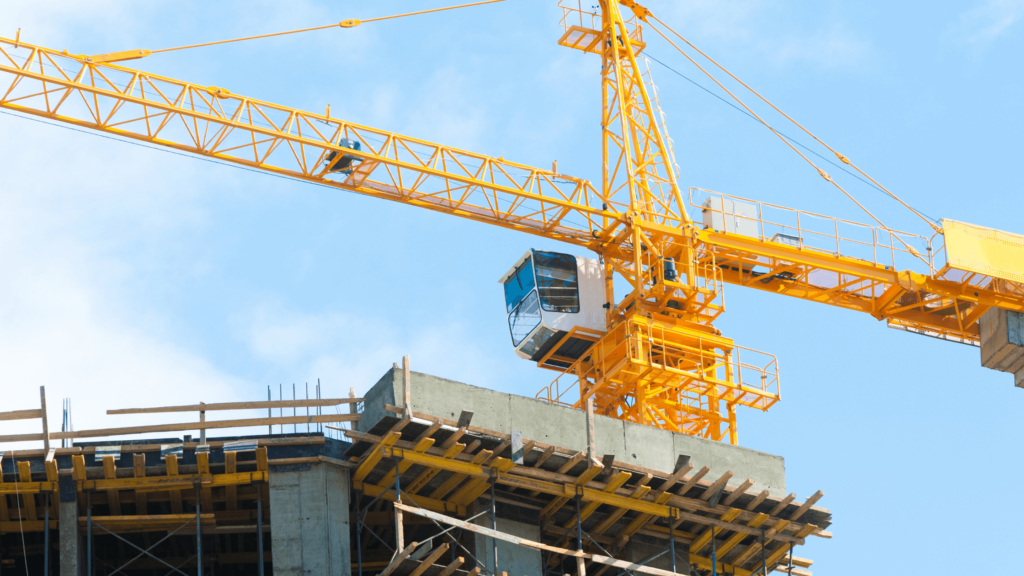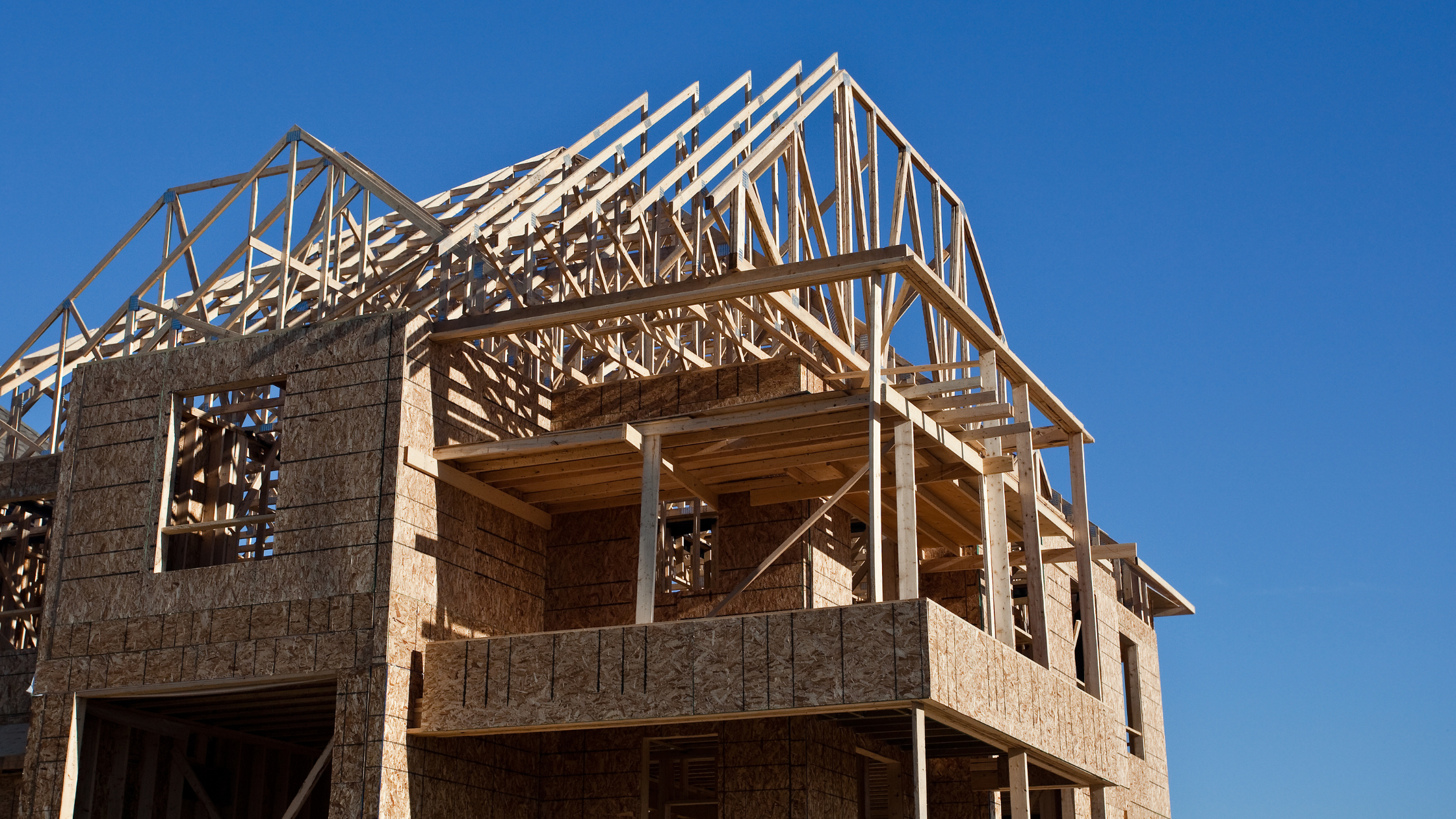The Federal Reserve’s decision to cut interest rates could significantly affect the construction industry, particularly for builders. Lower rates generally translate to cheaper borrowing costs, which could increase demand for new homes. However, this change comes with opportunities and challenges for builders navigating a complex landscape.
One of the most immediate effects of rate cuts is the reduction in mortgage rates, which can boost homebuyer demand. As borrowing becomes cheaper, potential homeowners who were previously priced out of the market may now be able to qualify for loans, stimulating demand for new construction. Builders, especially those focused on residential projects, might see increased project volumes, driving overall growth in the industry.
Additionally, lower interest rates can ease the financial burden on builders themselves. Construction loans have become more affordable, making financing new developments or expanding current projects easier. This opens the door for increased investment in infrastructure, materials, and labor.

However, these rate cuts also present challenges. Rising demand for new homes may strain an already tight labor market. Builders could struggle to find enough skilled workers to meet growing demand, leading to delays and higher costs. Furthermore, the lingering impact of inflation could mean that even with cheaper loans, the cost of building materials remains elevated, squeezing profit margins.
Moreover, while rate cuts tend to fuel demand, they could also contribute to economic uncertainty. A volatile market might make it difficult for builders to predict long-term trends, complicating project planning and budgeting.
The economy, as always, can be unpredictable. While lower rates might spark some immediate gains, builders must be cautious. Jumping into too many projects too quickly could lead to trouble if the market shifts unexpectedly. Staying flexible and prepared for changing conditions will be vital to navigating the months ahead.
Fed rate cuts could offer a much-needed boost for builders, but they won’t fix everything. Lower borrowing costs might drive demand for new homes, but challenges like high material prices and labor shortages are still very real. Builders will need to adapt to these conditions and plan carefully to make the most of any opportunities that come their way.


